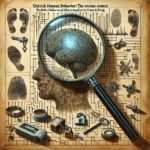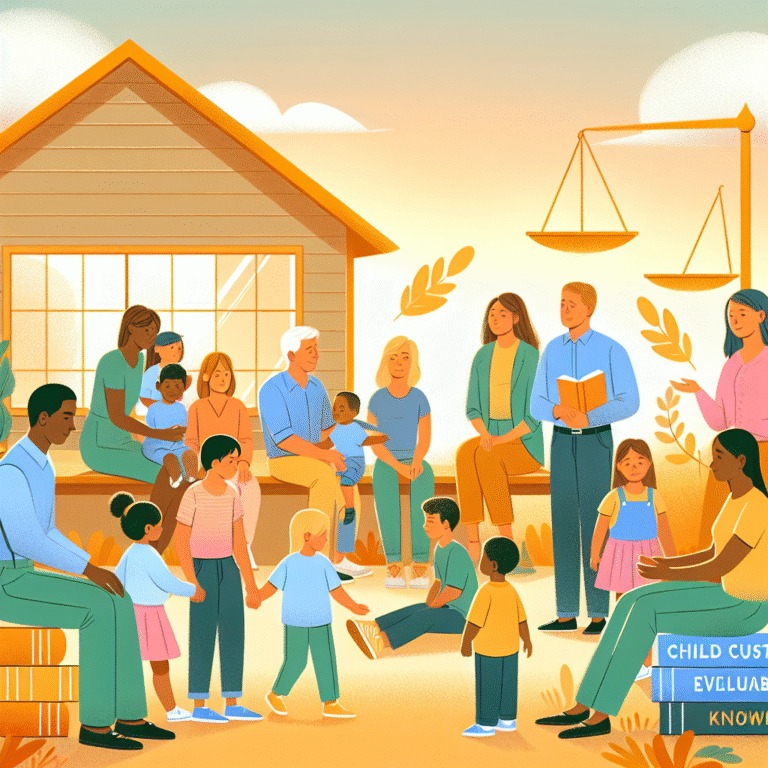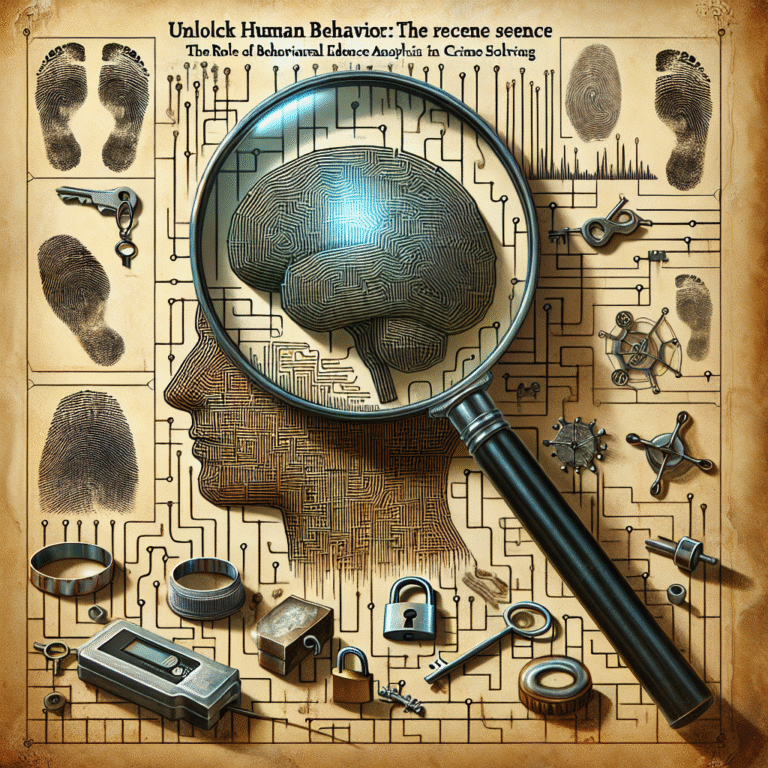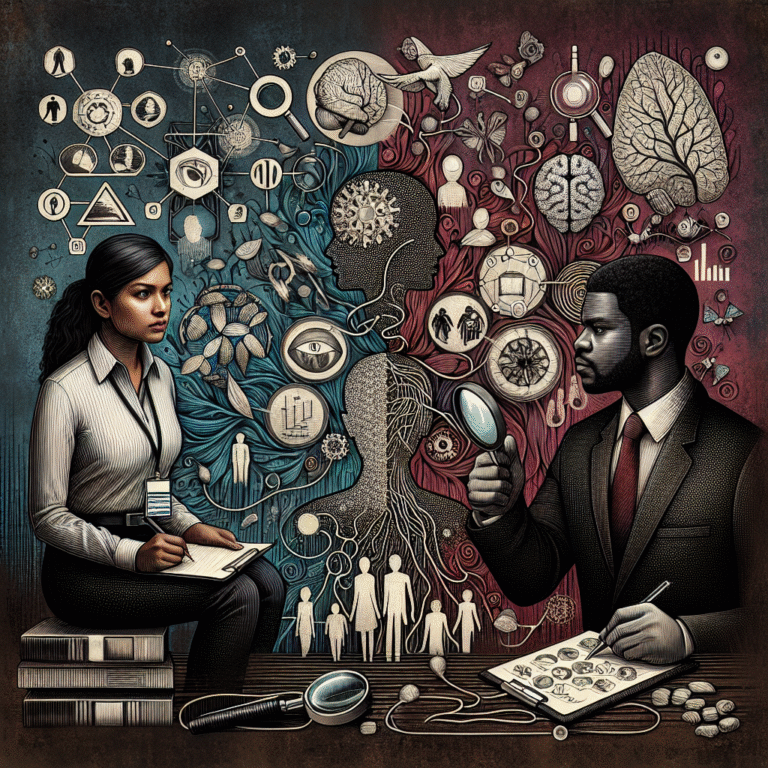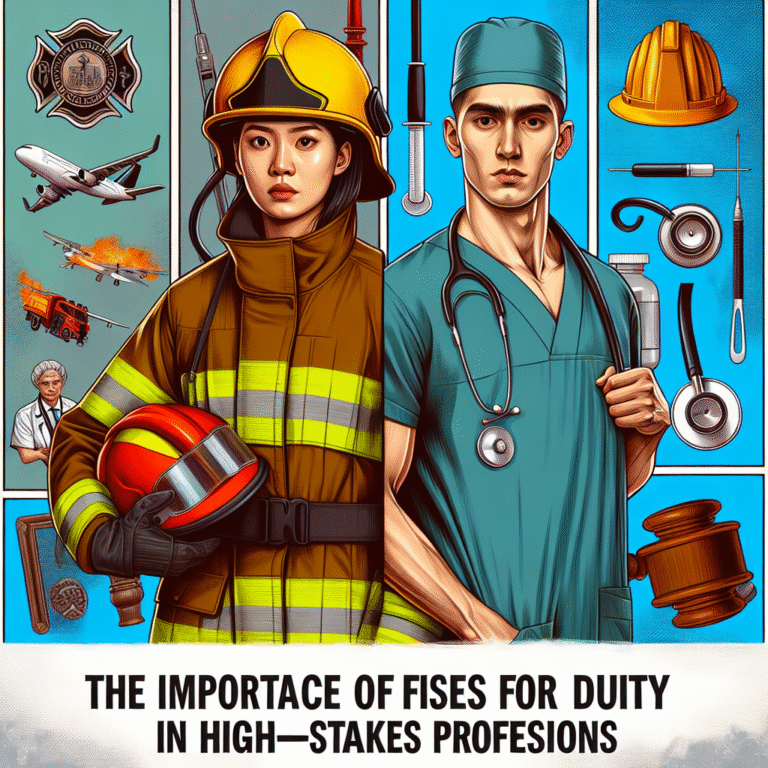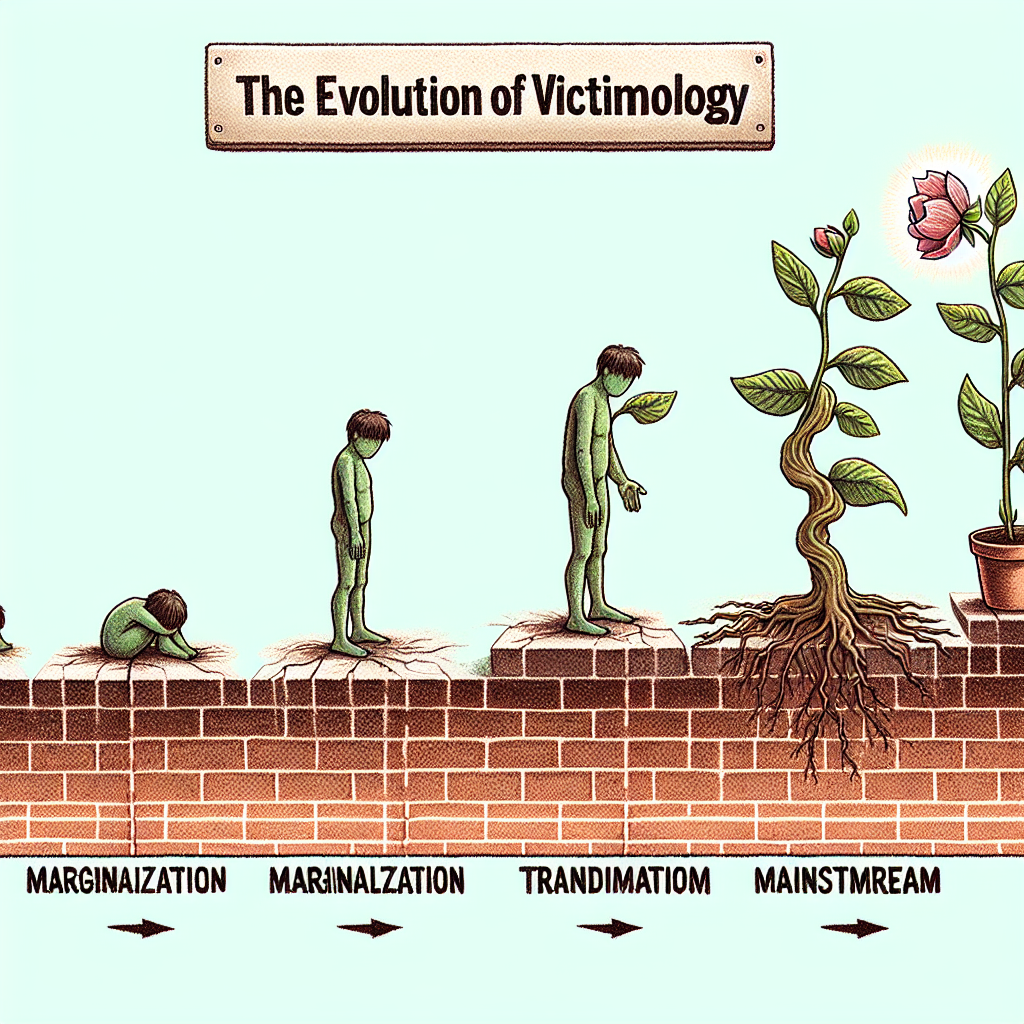
Introduction
Victimology, the study of victims and their role in the criminal justice system, has undergone an astonishing transformation over the last few decades. Once relegated to the shadows of criminology, the field has emerged as a critical discipline that shapes policy, informs social justice movements, and empowers those affected by crime. The evolution of victimology—from marginalization to mainstream recognition—mirrors broader societal shifts toward understanding trauma, recovery, and the systemic factors that create victims in the first place. This article delves into this powerful journey, exploring its historical roots, contemporary applications, and future implications.
Historical Context
The Early Days of Victimology
Victimology has its origins in the 19th century when legal systems primarily focused on offenders rather than victims. Scholars like Hans von Hentig began to examine the roles victims played in crime, sparking initial interest in the field. Victims were often viewed through a lens of blame, implying inherent flaws that made them susceptible to crime. This perspective laid the groundwork for a discipline that remained on the fringes for many years.
The Marginalization of Victimology
In the mid-20th century, victimology faced significant challenges. Traditional criminology dominated academic discussions, and the experiences of victims were largely ignored. The emphasis on perpetrators overshadowed the systemic issues affecting victims, such as socio-economic backgrounds, gender, and race. Many scholars marginalized the field, viewing it as lacking rigor and depth.
The Renaissance of Victimology
The 1970s: Emergence into Academia
The 1970s marked a turning point in the evolution of victimology. Activism around issues like domestic violence, sexual assault, and child abuse catalyzed a renewed interest in the victim experience. Researchers like Marvin Wolfgang began to systematically study victim-offender relationships, influencing the formation of victim advocacy organizations. As a result, victimology transitioned from a marginal field to a recognized discipline.
Case Study: The Birth of Victim Advocacy Groups
The establishment of organizations such as the Victim’s Rights Movement showcased the growing recognition of victim needs. These groups actively lobbied for legal reforms, promoting the establishment of victim compensation funds and the creation of victim impact statements. For example, the landmark Crime Victims’ Rights Act of 2004 in the United States ensured victims could participate fully in the legal process, acknowledging their significance and rights.
Mainstream Acceptance
The 1980s to 2000s: Institutionalization
As victimology gained traction, it began to influence public policy on an unprecedented scale. The 1980s and 1990s saw the creation of numerous programs designed to support victims, from crisis intervention to financial assistance. Educational curricula began integrating victimology principles, with universities offering specialized courses and degrees.
Case Study: The Victim Assistance Program (VAP)
The Victim Assistance Program (VAP), launched by the U.S. Department of Justice in the 1980s, is a prime example of institutionalized support for victims. The program provided federal funding for victim services, enhancing the resources available for crisis response and emotional support. This transformation marked a significant step in recognizing victims as stakeholders in the criminal justice system.
The role of Technology
The advent of technology has further propelled victimology into the mainstream. Digital platforms provide resources and support for victims, facilitating connections between individuals and advocacy groups. Online platforms allow victims to share their stories, raising awareness and fostering a sense of community.
Contemporary Perspectives
The Intersectionality of Victimology
Today, victimology acknowledges the complex interplay of identity factors such as race, gender, and socio-economic status. This intersectional approach helps unravel the nuances of victimization, shedding light on marginalized communities disproportionately affected by violence.
Case Study: The #MeToo Movement
The #MeToo Movement illustrates how social movements can catalyze the evolution of victimology. Bringing attention to sexual violence and harassment, it empowered millions to share their experiences and demand accountability. Victimology’s integration into mainstream discourse has redefined societal perceptions, emphasizing that victims deserve not only recognition but also comprehensive support.
Data Visualization: Victimization Trends
| Year | Reported Cases of Assault | Victim Assistance Cases | Compensation Fund Applications |
|---|---|---|---|
| 2015 | 1,200,000 | 500,000 | 100,000 |
| 2016 | 1,500,000 | 700,000 | 150,000 |
| 2017 | 1,800,000 | 900,000 | 200,000 |
| 2018 | 2,000,000 | 1,000,000 | 250,000 |
Table illustrating the growth in reported crimes, victim assistance cases, and compensation applications over four years.
Forward-Looking Insights
Challenges Ahead
Despite significant progress, challenges remain. Many victims still experience stigma and injustice within the legal system. Educational gaps persist, particularly around the needs of diverse populations. As victimology continues to evolve, practitioners must advocate for equitable treatment and responsive policies.
Actionable Insights for Future Advocates
- Advocate for Policy Change: Engaging with lawmakers to create legislation that prioritizes victim rights.
- Raise Awareness: Utilizing social media and public forums to educate communities about victimization and available resources.
- Foster Community Networks: Building local coalitions to support victims through connected services and advocacy.
Conclusion
The evolution of victimology—from marginalization to mainstream acknowledgment—symbolizes a significant societal transformation. It reflects a growing understanding of the complexity of victimization and the necessity of treating victims with dignity and respect. As we move forward, integrating victimology principles into all facets of social justice, education, and policy remains essential. In recognizing victims’ stories and advocating for their rights, we affirm our collective responsibility to build a safer and more equitable society.
FAQs
1. What is the primary focus of victimology?
Victimology primarily focuses on understanding the experiences and needs of victims, exploring their roles in the criminal justice system, and advocating for their rights.
2. How has victimology impacted public policy?
Victimology has influenced laws and policies that enhance victims’ rights, improve support systems, and create resources for assistance.
3. What are some contemporary issues in victimology?
Contemporary issues include the need for inclusivity, addressing cultural differences, and overcoming stigma associated with victimization.
4. How does technology affect victims today?
Technology provides platforms for victims to access resources, share their stories, and connect with advocacy groups, amplifying their voices.
5. What role do advocacy groups play in victimology?
Advocacy groups are essential for raising awareness, promoting policy changes, and providing direct support to victims of crime.
In understanding the evolution of victimology, we not only celebrate the strides made but also recognize the ongoing journey toward justice, healing, and empowerment for all victims.


